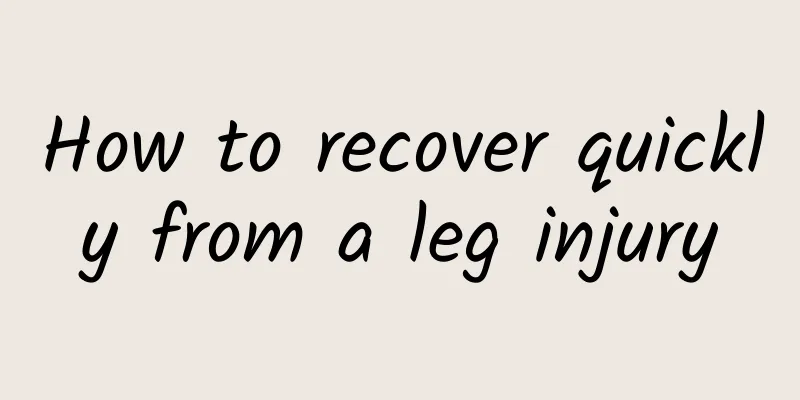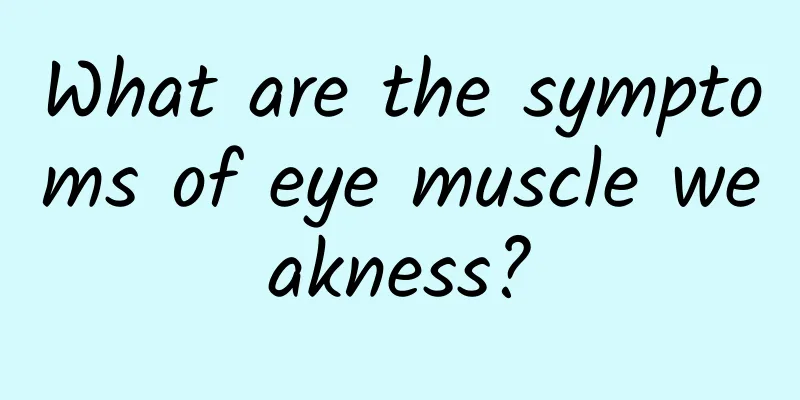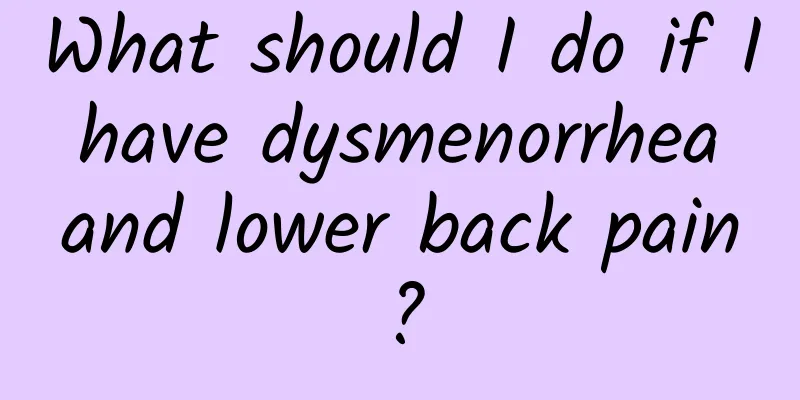Patellar tendinitis symptoms

|
Our bodies may seem strong, but they are also susceptible to various diseases. Patellar tendinitis is a disease most commonly suffered by athletes. Friends who like sports such as basketball, football, volleyball, etc. may also suffer from patellar tendonitis. The treatment of patellar tendonitis is not difficult, but it will be easier to treat if it can be discovered in time. We can detect this disease in time through the symptoms of patellar tendonitis. The patellar tendon is the tendon that connects your patella (kneecap) to your shin bone (see picture below). When it becomes damaged or inflamed, it is called patellar tendinitis. The patellar tendon plays an extremely important role in the normal movement of the leg. It helps your muscles control your lower legs so you can kick a ball, ride a bike, jump, etc. Patellar tendinitis is most common in athletes who play sports that require frequent jumping, such as basketball, football, and volleyball. For this reason, patellar tendinitis is also called "jumper's knee." However, you can develop patellar tendinitis whether you jump regularly or not. For most patients with patellar tendinitis, treatment generally begins with conservative, nonsurgical methods. Treatment Non-surgical treatment: Non-surgical treatment for chronic patellar tendonitis includes reducing activity, rest, physical therapy and non-steroidal anti-inflammatory analgesics. Local hormone injections should not be performed to avoid increased patellar tendon fragility and patellar tendon tear. Traditional treatments include hot compresses and rest, avoiding strenuous exercise that puts pressure on the knee. Precautions 1. Keep warm; 2. Strengthen the strength training of the quadriceps, that is, the strength of the thigh muscles can reduce the pressure and overuse of the ligaments. Two exercises are recommended: half squat: do not put pressure on your knees, and squat until you can't squat anymore; leg lift: lie on the bed, extend one thigh over the edge of the bed, then slowly lift and lower it while keeping it straight. Do 15 in a group, at least three groups a day. If it is not strenuous, choose to lift the legs with weights, and you can choose to put the weight on your ankles, and then slowly increase the weight day by day. If conditions permit, running in water often has a very good effect; 3. It is necessary to do warm-up exercises before exercise, fully warm up, stretch the ligaments of the whole body, and move the joints; 4. Use moderate force during exercise, avoid high intensity, and use protective gear such as patellar tendon compression belts; 5. Apply cold compress to the area after exercise. It is best to apply cold compress immediately after strenuous exercise or when pain occurs, which can reduce inflammation. 6. Strengthen non-surgical treatment methods: Non-surgical treatments for chronic patellar tendinitis include reducing activity, rest, physical therapy, and non-steroidal anti-inflammatory analgesics; 7. If necessary, use a knee fixator or plaster splint for 3 weeks to fully repair the tibial tuberosity tendon insertion point. |
<<: How to recover quickly from patellar tendinitis
>>: How many days after taking the abortion pills?
Recommend
White vinegar for nail fungus
Treating onychomycosis with white vinegar is one ...
What are the symptoms of chronic vaginitis?
The symptoms of chronic vaginitis are relatively ...
Atrophic gastritis dysplasia
Atrophic gastritis is the problem that worries pe...
Digestive tract diseases after the tsunami
Tsunami is a relatively serious natural disaster....
Stomach drops during early pregnancy
After giving birth, women, especially first-time ...
Three ways to relieve tongue prolapse
Glossopelvic pain is an uncommon condition, but i...
Kuba Chinese medicine to nourish the kidney
Generally speaking, if you meet any of the follow...
The best way to treat desheathing
Desheathing is caused by damage from the external...
Are sit-ups good for your kidneys?
In modern society, many people have begun to choo...
How to get rid of blushing after drinking
Drinking in moderation will not cause great harm ...
The efficacy, function and edible method of Atractylodes macrocephala
When it comes to the efficacy, functions and edib...
What to do if the soles of your feet peel? Here are some practical tips for you
Many people are prone to peeling of the soles of ...
Why does my stomach hurt when I eat breakfast?
Breakfast is the most important thing in the day,...
Symptoms of blood clots in the leg arteries
Leg artery thrombosis is a relatively common dise...
How effective is Quanlu Pill?
Quanlu Pills are a kind of herbal Chinese medicin...









